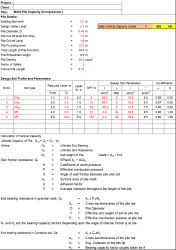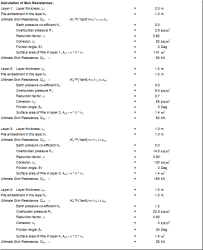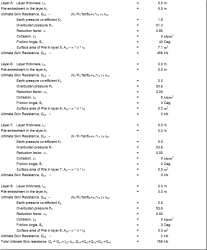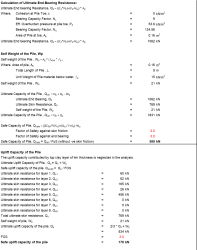Pile Capacity Design Sheet Comp Uplift
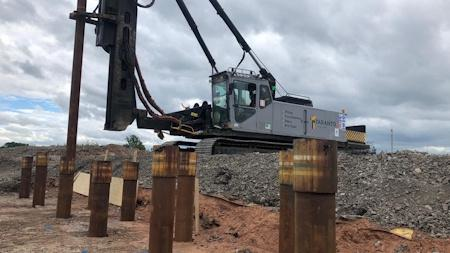
Description
BCIS stands for Building Cost Information Service. It’s a service provided by the Royal Institution of Chartered Surveyors (RICS) that offers cost and price information for construction projects.
Qualitative Explanation of Pile Capacity Calculation
Let’s break down the calculation of pile capacity in compression without diving into the math:
-
Understanding the Ground and Water Levels:
- Existing Bed Level: This is the natural ground level where the pile will be installed.
- Design Water Level: This is the expected water level during the life of the structure, which affects the soil’s properties around the pile.
-
Pile Dimensions and Levels:
- Pile Diameter: The width of the pile, which influences how much load it can bear.
- Pile Cut-off Level: The point where the pile is cut off, usually at or just below the ground, to connect with the structure.
- Pile Founding Level: The depth at which the pile rests on a solid layer of soil or rock, providing a stable base.
-
Pile Lengths:
- Total Length from Ground Level: The full length of the pile from the ground surface to its tip.
- Embedment Length: The portion of the pile that is buried in the ground, crucial for stability and load distribution.
-
Material and Safety Considerations:
- Pile Density: The density of the pile material, which affects its weight and stability.
- Factor of Safety: A safety margin applied to ensure the pile can handle more load than expected, accounting for uncertainties.
-
Critical Length:
- Critical Pile Length: The length of the pile that is most important for ensuring it can support the structure safely.
How It All Comes Together
-
End-Bearing Capacity: This is the load the pile can support at its tip, resting on a firm layer of soil or rock. Think of it like a nail being driven into a piece of wood – the harder the wood, the more load the nail can support.
-
Skin Friction: This is the load the pile can support along its sides, due to friction between the pile surface and the surrounding soil. Imagine trying to pull a stick out of the mud – the longer and rougher the stick, the harder it is to pull out.
-
Combining Capacities: The total capacity of the pile is a combination of the end-bearing capacity and the skin friction. This total capacity is then divided by the factor of safety to ensure the pile can handle unexpected loads.
By considering these factors, engineers can design piles that are strong enough to support buildings and other structures safely and effectively.
Calculation Preview
Full download access to any calculation is available to users with a paid or awarded subscription (XLC Pro).
Subscriptions are free to contributors to the site, alternatively they can be purchased.
Click here for information on subscriptions.

